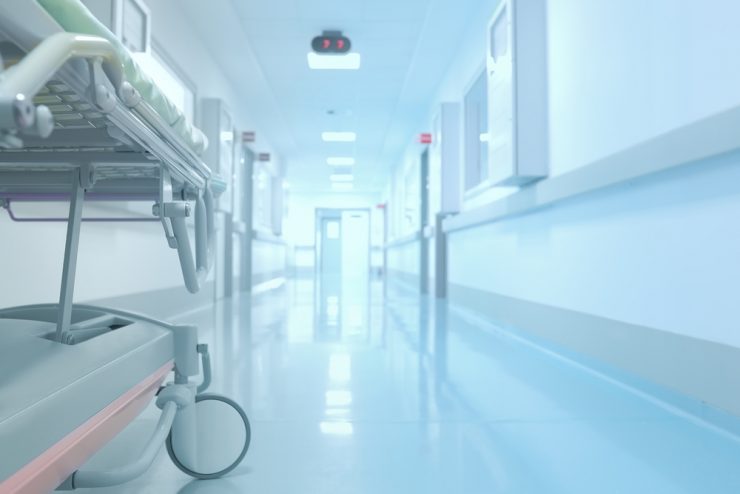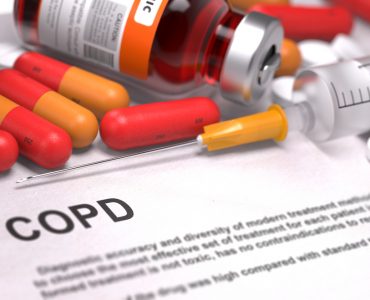It is a condition featured by unusually great range of joint movement that affects few or all joints. The person may find his/her joints to be more flexible than before. Such people have loose connective tissue in the ligaments, muscles, tendons and joints. It is often noted in the childhood itself when they assume peculiar positions and are known to be double jointed. The nature of it varies from person to person. A mild form often does not need much attention. But if it’s severe and the person is likely to have a dislocated joint, medical attention is needed. This condition is often found to be hereditary and affects mostly women because of certain hormones responsible for increasing flexibility. At times the condition may also be present in association with Osteogenesis imperfecta, Ehlers-Danlos Syndrome, Marfan Syndrome etc
Symptoms
In some cases there won’t be any noticeable symptom. When symptoms are present, the condition is called as Hypermobility syndrome (HMS). The common symptoms are pain at joints especially after physical exertion, fatigue, gets easily bruised, rigid joints, and pain that becomes severe and gets relieved by rest.
Dislocation of joints, especially the shoulder joint is also likely in people suffering from joint hypermobility. At times flat arched feet, hernias and varicose veins ma result due to this disorder. If you have flat feet, special insoles can be worn to provide support.
Causes
Joint hypermobility is the result of the following four factors:
Shape of bone edges: A joint is a junction where two or more bones meet. The plasticity of a joint is determined by the nature of the bones. A narrow bone socket more wide range of motion.
Weak or stretched ligaments: This is mostly the result of defective proteins like collagen and elastin.
Muscle tone: The nervous system actually controls this aspect and can be improved by arts like yoga.
Sense of joint movement: if this sense is differing from normal, he/she won’t be aware of the overstretching.
Hormones, especially oestrogen is thought to play a vital role in leading to this condition. So it is common that the symptoms worsens prior to periods and subsides following menopause. Exercises and other severe forms of physical exertion can worsen the situation.
Treatment
Exercises, stretching and physiotherapy: Activities guided by a physiotherapist will surely help to strengthen the weak muscles and tendons.
Muscle relaxation: This can be done in a home setting under the guidance of a physiotherapist.
Painkillers: Analgesics can be used under physician’s guidance to relieve pain at joints.
Anti-inflammatory drugs (NSAIDs) e.g. ibuprofen: It is mostly used to lessen the swelling especially at joints.
Sprays and creams: Analgesic sprays and creams offer faster pain relief.
Steroid injections: These are used to subside swelling if any.
Local heat: This provides a soothing sensation.
Keep moving and keep fit: Though the person should not over stress, normal movements and activities are necessary.
Splints/support and bandages: These are used to support joints.












